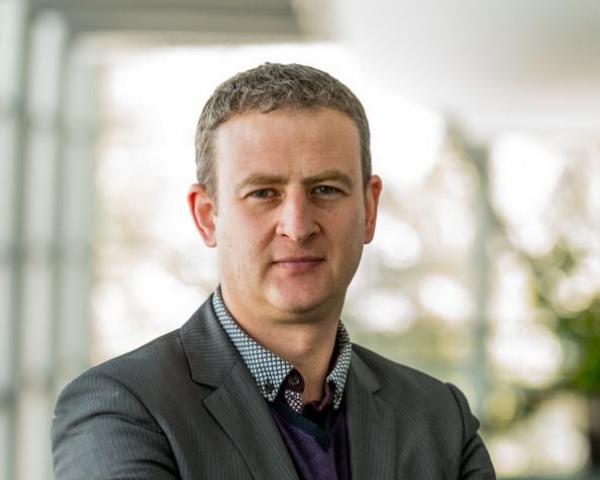In the current environment, the sales cycle for onboarding at an insurer averages 12 months. That is an awfully long time for a startup.
This article is the sixth in a series on key forces shaping the insurance industry. The other parts can be found at these links: Parts One, Two, Three, Four/Five and Six can be found Part One, Part Two, Part Three, Parts Four and Five and Part Six.
Trend #7: Partnerships and alliances are the way forward in internal innovation; incubation and maturing of capabilities will no longer be the optimal option. And dynamic innovation will require aggressive external partnerships and acquisitions.
As such, a model that encourages collaboration and embraces partnerships and alliances with third parties has the best chance of driving successful innovation.
Incumbents can innovate from within, but this is often difficult because of the challenges of innovating within an existing business, the risk of disrupting BAU activities and the different motivations that drive individuals.
See also: The One Thing to Do to Innovate on Claims
At Eos, one of the core principles underlying our vision is that insurtech will deliver the most value through a collaborative approach between incumbents and startups. Identifying common goals will be key to ensure the collaboration is a success, particularly given significant cultural differences.
Another challenge in the current environment is that the sales cycle is painfully long. The average is 12 months, an awfully long time for a typical startup. Even with senior buy-in and a decision to proceed, it can still take six months to get a startup to launch. In many instances, the process adopted by an insurer to onboard a large technology provider — like Guidewire or SAP for a major transformation project — seems to be the same as for the startup.
In response, an increasing number of startups have decided to apply for a license and set up a full-stack insurer. This is a challenging model and will require significant investment capital, but many are succeeding, and others will, too. However, it would be a real shame if insurers cannot find a way to become more open, agile and responsive. They bring customers, distribution, products, underwriting capacity and a wealth of experience that can be applied. They are also working on internal innovation projects that can play a key role.
The Eos model has been designed to address this challenge; we have created a bridge between incumbents and startups. The investors in our fund are from within the insurance sector, are reinsurers, are insurers and are brokers. They make the investment for two reasons: the prospect of strong financial returns and, more importantly, an opportunity to create a strategic partnership that gives them the ability to access and engage with cutting-edge innovation. By creating an ecosystem that supports collaboration and embraces development, we significantly shorten the adoption cycle.
One of the interesting dynamics as we embrace new technology is that AI sits at the center of three exponential forces:
- Moore’s law refers to the fact that computing increases in power and decreases in relative cost at an exponential pace;
- Kryder’s law refers to the rapid increases in density and the capability of hard-drive storage media over time; and
- Metcalfe’s law refers to the community value of a network that grows as the square of the number of its users increase.

Those laws mean that change happens so fast that, if you miss the boat, there will be no way of catching up….

The cost of sitting on the sidelines and not embracing insurtech could mean the death of your business.
See also: 10 Reasons to Innovate — NOW!
We hope you enjoy these insights, and we look forward to collaborating with you as we create a new insurance future.
The next article in the series, “Trend #8: Simple 'Grow or Go,’” will showcase how decisions of the last decade will be sub-optimal as the dust settles in insurtech and how degrees of freedom will be the key.
 Those laws mean that change happens so fast that, if you miss the boat, there will be no way of catching up….
Those laws mean that change happens so fast that, if you miss the boat, there will be no way of catching up….
 The cost of sitting on the sidelines and not embracing insurtech could mean the death of your business.
See also: 10 Reasons to Innovate — NOW!
We hope you enjoy these insights, and we look forward to collaborating with you as we create a new insurance future.
The next article in the series, “Trend #8: Simple 'Grow or Go,’” will showcase how decisions of the last decade will be sub-optimal as the dust settles in insurtech and how degrees of freedom will be the key.
The cost of sitting on the sidelines and not embracing insurtech could mean the death of your business.
See also: 10 Reasons to Innovate — NOW!
We hope you enjoy these insights, and we look forward to collaborating with you as we create a new insurance future.
The next article in the series, “Trend #8: Simple 'Grow or Go,’” will showcase how decisions of the last decade will be sub-optimal as the dust settles in insurtech and how degrees of freedom will be the key.





